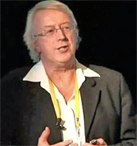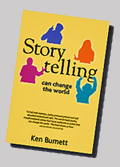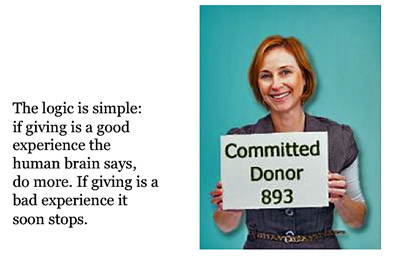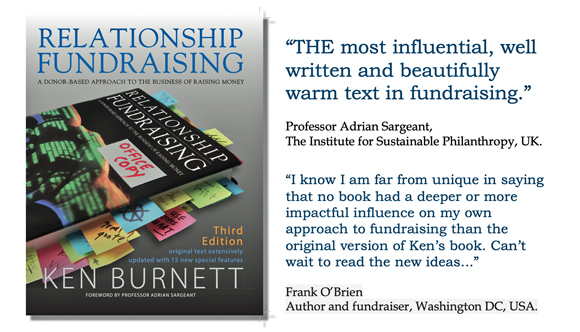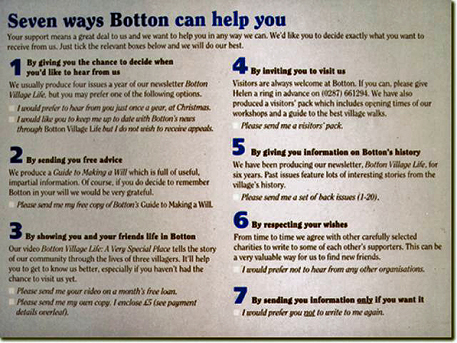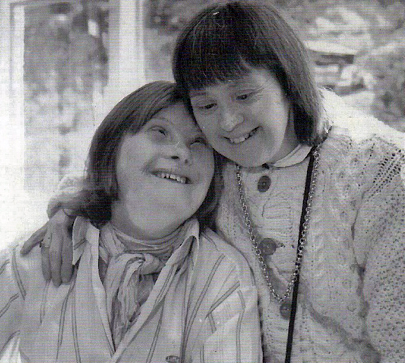|
Blog 7 April 2016 Everyone involved was and still is donor focused at heart. Botton’s fundraisers have always been more interested in achieving donor comfort and satisfaction than boosting income or reaching financial targets. Reduce unwanted mail they did. But not their giving. That, if anything went up, because donors believed their concerns were being properly addressed, they were not just being listened to, they were actually in control. Let’s hope those who decide these things are not above learning from the sustained, successful experience of Botton Village. What fundraisers, the government, the media and the public all want now from the new regulator is a simple, manageable system that allows donors and non donors to control their contacts with and from the causes they choose to hear from while not in any way being subjected to pressure or unwelcome attention from those they don’t.
|
We’ve decided to tell this story jointly because it’s one that, with colleagues, we’ve worked on for decades together. And because it’s not just relevant, it’s timely, perhaps prophetic. We’re neither of us expert in fundraising preference schemes and rather glad the current task has fallen to others. But we do have prior experience of a much earlier version of FPS that worked and continues to work amazingly well for both the donors whose decisions direct it and the fundraisers who flourish from following it. Could it be, just maybe, that a fresh generation of fundraisers eager to find favour with their donors might learn something useful from this pioneering early initiative? Sure they could.
The scheme we’re talking about was set up in the mid 1980s by Botton Village, largest of the UK’s Camphill communities, working with their agency Burnett Associates (now Burnett Works).
Botton’s donors had initially all been recruited by directly mailed appeals to carefully-chosen selections from commercially available lists rented for a single use. At appropriate intervals they were then sent an informative, story-led newsletter and additional appeals, again by post. Inevitably a few of those people ‘cold mailed’ in the acquisition process complained at the uninvited intrusion. Though they’d no prior giving history and may never seriously have had any propensity or inclination to give, from the outset Botton Village treated these people’s concerns deadly seriously. They responded immediately and proactively with a charming letter promising a), not to do it again and b), enclosing details of both the mailing and telephone preference services, advising complainers how to benefit from these services. ‘Outraged of Tunbridge Wells’ and his fellow grumblers absolutely loved this, most changing their tone entirely. Letters regularly came back from objectors praising Botton for its exemplary service and often enclosing an unasked-for gift. Many complainers became regular long-term donors. Most said something like, ‘I’ve complained lots in the past but no one, ever, has treated me as well as this.’
Emboldened by such approval Botton Village went several steps further. At the time this was seen as heresy of the most terminal kind. Seasoned fundraisers wrung their hands in grief at the mere idea. How could any serious fundraiser actually offer donors the chance to reduce the mailings they received? Suicide, surely? And reduce their unwanted mail they did. But not their giving. That, if anything went up, because donors believed their concerns were being properly addressed, they were not just being listened to, they were actually in control. This is fundraising where donors matter most and it should be a lesson for fundraisers everywhere. By being so donor focused Botton Village became so successful that, having already radically and dramatically improved the village’s infrastructure and transformed the lives of its residents, they were able to carefully transfer the fundraising programme to their parent charity the Camphill Village Trust, who have gone on to raise money for each Camphill Village Trust community involved. Respecting its donors as friends has been CVT’s guiding principle ever since. In challenging times, with ever more restricted funding available, all of its loyal friends are more important than ever. Continued in column 2, above.
|
More than 30 years ago North Yorkshire’s Botton Village community started offering their donors relevant, manageable choices for fundraising communication. Thanks to delighted, committed donors the Village and latterly its parent the Camphill Village Trust have prospered ever since. Continued from column 1, below.
Botton’s, and now CVT’ s, donors stay many years and enjoy the experience of supporting their chosen cause. The response levels and average value of gifts that they achieve consistently exceed the average industry expectations by massive margins. Here Jackie quotes some recent figures: The only thing more remarkable than the results achieved in this extraordinary case history is that, Ken having published the full story 20 years ago, more charities haven’t followed their example and built similar relationships/reaped similar success by giving donors choices. So what can this teach us today? Simply put, it’s not the fundraiser’s job to hit targets. It’s the fundraiser’s job to make sure that every donor feels he or she made the right decision in supporting our cause and wants to stay supporting it as long as possible. Botton’s fundraisers have lived and breathed that philosophy for three decades now, believing that if they treat their donors right all the money their community needs will surely come. Their results speak for themselves. Let’s hope the proposed Fundraising Preference Service 2016 version is as effective. And please let’s not over-egg this process. What fundraisers, the government, the media and the public all want now from the new regulator is a simple, manageable system that allows donors and non donors to control their contacts with and from the causes they choose to hear from while not in any way being subjected to pressure or unwelcome attention from those they don’t. Let’s hope those who decide these things are not above learning from the sustained, successful experience of Botton Village and CVT. © Ken Burnett and Jackie Fowler 2016 See also the detailed case history of Botton Village’s pioneering early years from Ken Burnett’s 1996 book Friends for Life: relationship fundraising in practice published by The White Lion Press, London. Home page | Current blogs | Article archive
|
